This file is a historical compilation of official German military administrative bulletins, orders, honor rolls, and various announcements issued during World War II, primarily covering 1944 to early 1945. It appears to be a volume of compiled official documents, known as the Heeres-Verordnungsblatt (Army Ordinance Gazette), circulated by the Oberkommando des Heeres (OKH) (High Command of the Army).
This file serves as a wartime archival record, compiling:
-
Notices about administrative matters (lost documents, tobacco rations, training orders).
-
Honor rolls and official tributes to fallen high-ranking officers.
-
Regulations on supply, uniforms, and bureaucratic processes.
It gives a glimpse into how the German Army’s high command managed personnel records, morale-building announcements, and logistical orders in the final phases of World War II.
Disclaimer
This document is a historical archival record from the period of Nazi Germany (1944-1945). It was produced by the Oberkommando des Heeres (OKH) — the High Command of the German Army — and contains official military orders, administrative bulletins, honor lists, and internal directives issued during the final years of World War II.
It includes:
-
References to Nazi institutions, titles, and terminology.
-
Orders personally attributed to Adolf Hitler and other high-ranking Nazi officials.
-
Period propaganda language that reflects the ideology of the Nazi regime.
This document is provided strictly for historical, academic, and research purposes.
It does not endorse or glorify any aspect of the Nazi regime, its ideology, or its crimes.
Researchers are advised to approach the contents critically and within the context of understanding the mechanisms, administration, and historical realities of the time.
Condition Note
This file is a digitized facsimile of an original printed archival document from 1944–1945. It has been well-preserved in its digital form, but carries distinct signs of its historical age and wear, which contribute to its authenticity and character.
-
Paper tone: Most pages exhibit a darkened sepia or yellowish-brown tint, suggestive of aged or oxidized paper, likely consistent with wartime low-quality pulp.
-
Staining and wear: Several pages show visible blotches, water stains, and uneven edge discoloration, indicating storage in less-than-ideal archival conditions.
-
Creases and bleed-through: There are faint creases and ghost impressions from previous pages, and occasional ink bleed-through from the reverse side, common in thin paper stock used during the war.
-
Ink quality: Text remains crisp and legible throughout, printed using German blackletter (Fraktur) and typewriter-style fonts. The contrast between ink and paper remains adequate for OCR and readability.
-
The file is OCR-compatible, with mostly clean text layers — although some pages may exhibit image-based distortions or slight misreads due to aged fonts and blemishes.
- Despite the visual aging, the document has been faithfully digitized and retains excellent historical legibility. Its physical wear enhances its authenticity as a wartime artifact, while the clean formatting and structured page layout make it suitable for search, indexing, and scholarly referencing.

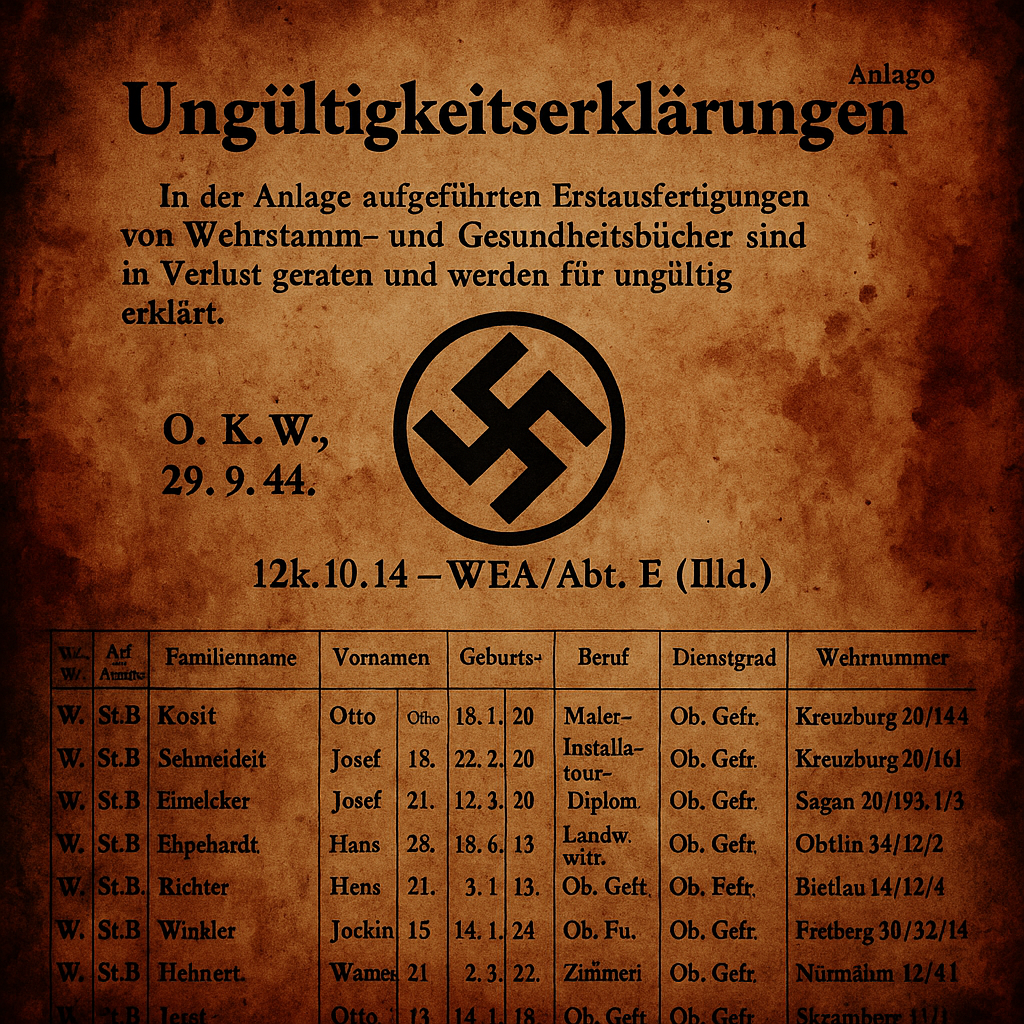
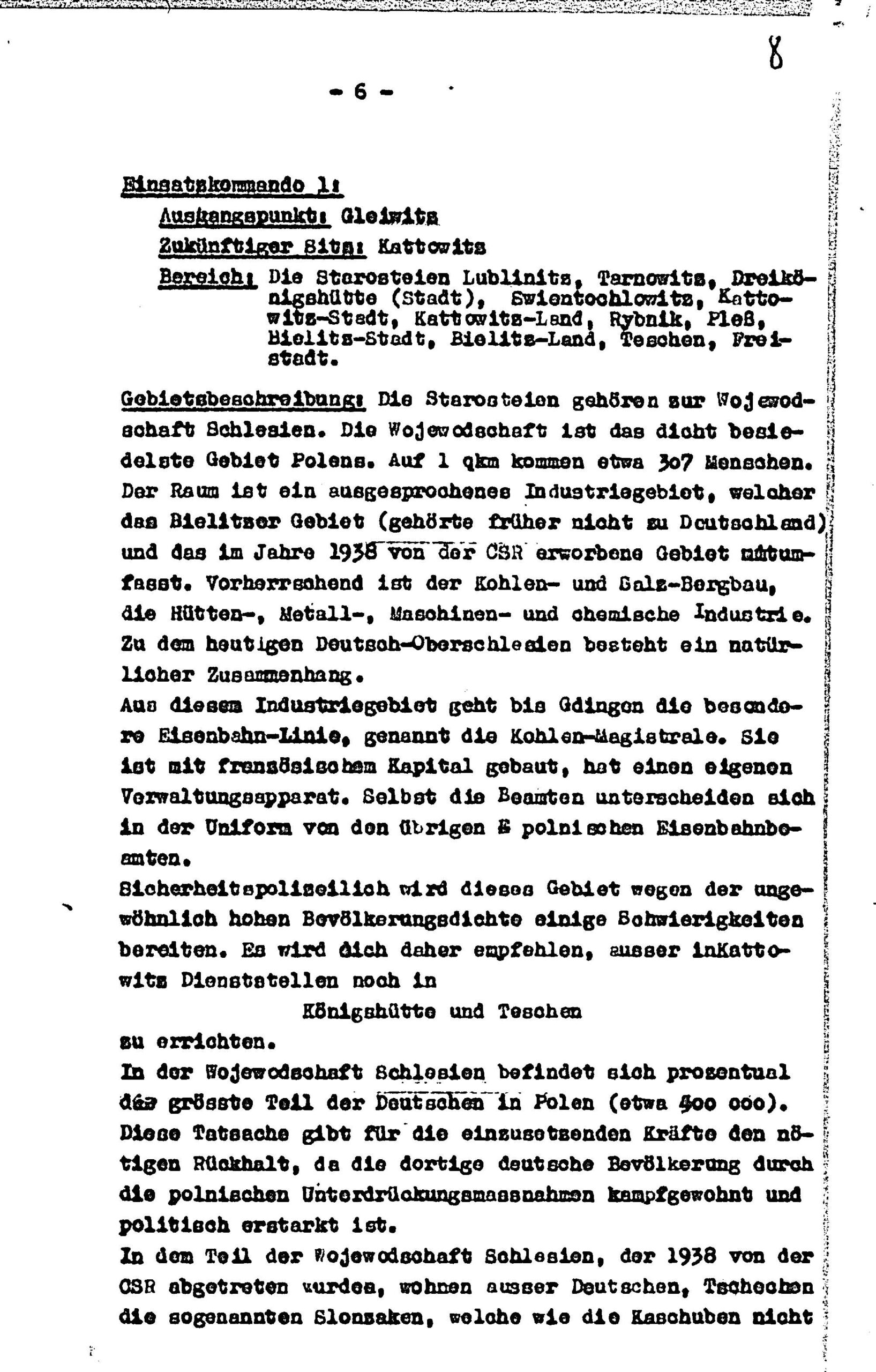
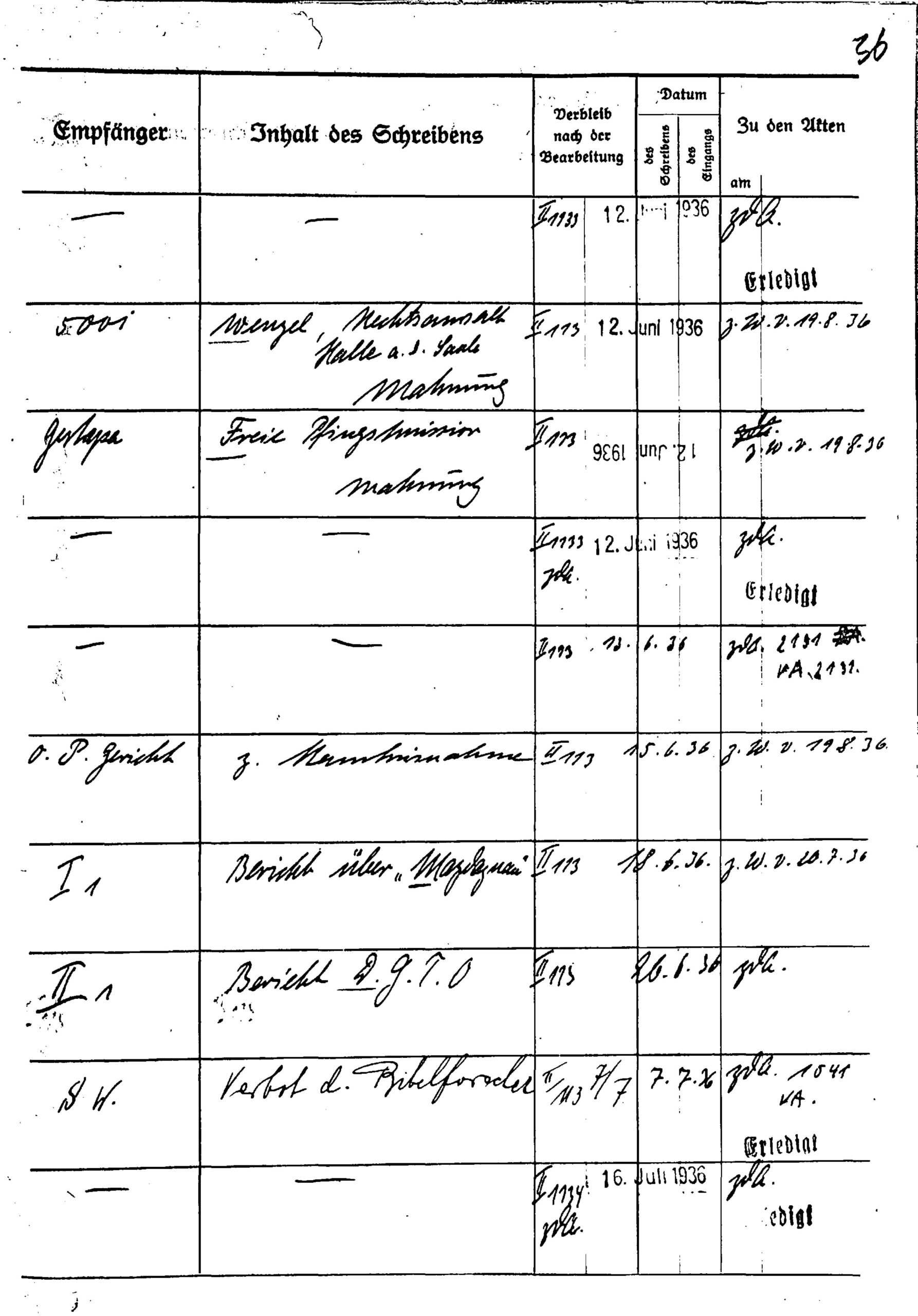
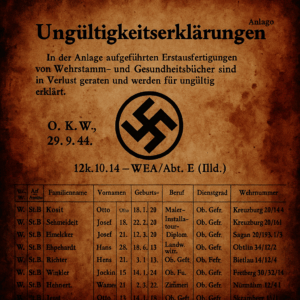
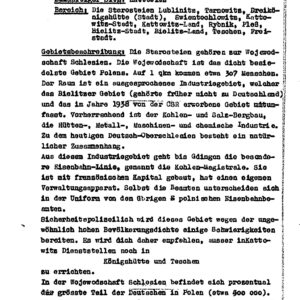
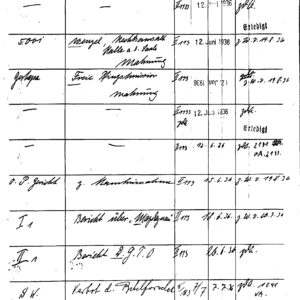
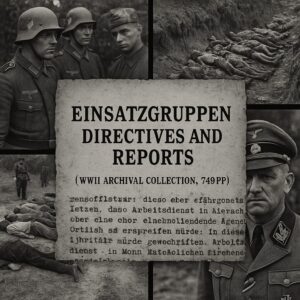
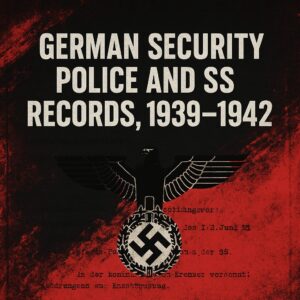
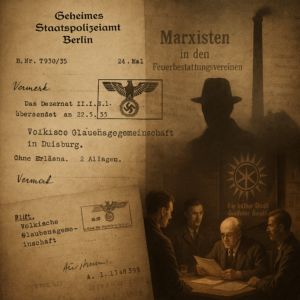
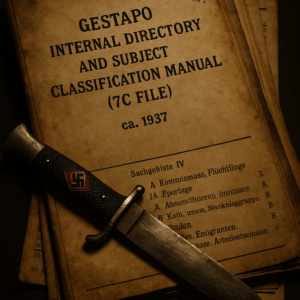


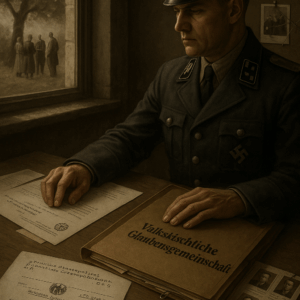
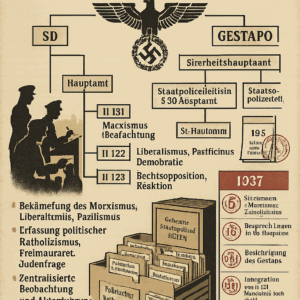
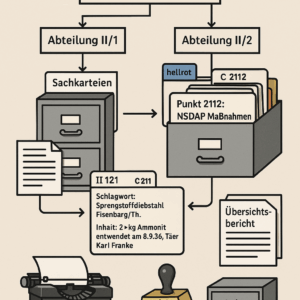
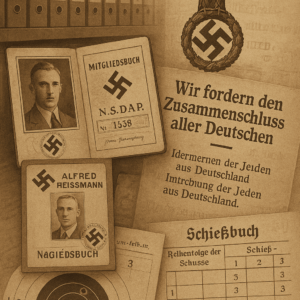
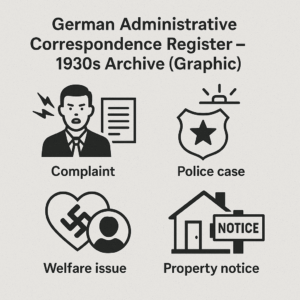
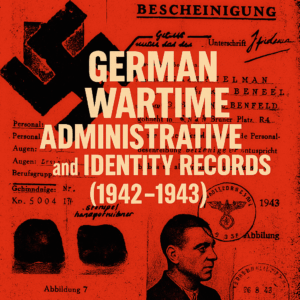

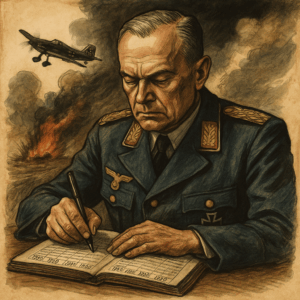
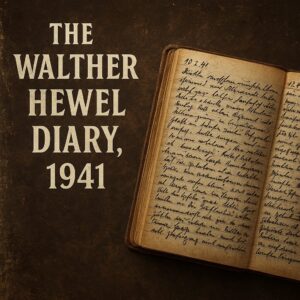
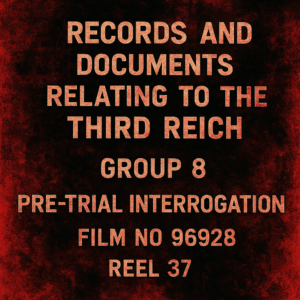
Reviews
There are no reviews yet.